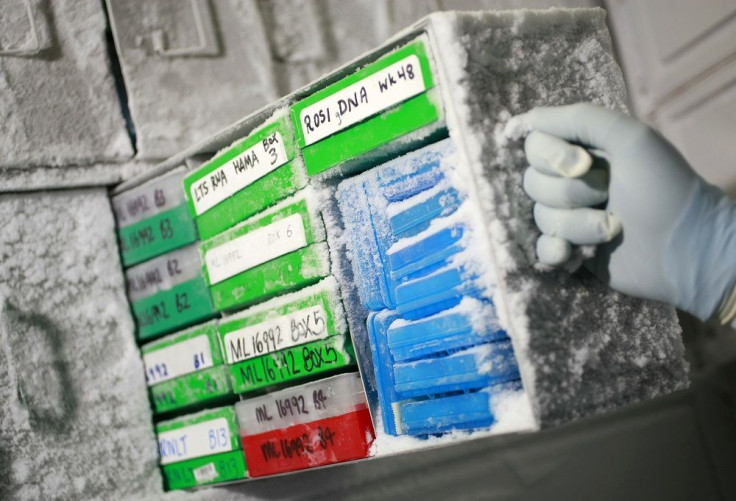Scientists declare end of AIDS epidemic in Australia

When the Australian state of New South Wales sought in May participants for PrEP, a new HIV drug, thousands of men enlisted. The willingness of NSW residents to end HIV transmission in the state by 2020 is apparently happening also in other states with scientists declaring on Sunday the end of AIDS epidemic in the country.
AIDS and HIV experts attribute the end of AIDS epidemic in Australia to the introduction of anti-retroviral drugs and rigorous awareness campaigns. But Professor Andrew Grulich, head of HIV Epidemiology and Prevention Program at the UNSW Kirby Institute says there is no magic number or threshold on declaring the epidemic over, reports Sydney Morning Herald.
“We just don’t see much AIDS in Australia anymore. We’ve seen less visibility among gay men [a high risk group] for a very long time,” Grulich says.
In the 1990s, about 1,000 Australians die yearly of AIDS, but after 20 years of effective treatments, including retrovirals, the number of AIDS cases had dropped drastically. Hospitals no longer need to dedicate wings for HIV patients, while Australia’s HIV rate is 20 percent lower than the US. Having HIV has ceased being a death sentence.
Because of the anti-retrovirals, more patients are living in their 60s and 70s. But since some HIV drugs are toxic not only for the virus but also for the patients, pharmaceutical companies are working on medication that would subdue the ailment minus the harmful side effects, reports Bloomberg.
Among the side effects are kidney damage and loss of bone density for users of Truvada. In 2013, GlaxoSmithKline introduced Tivicay, a dual regimen, which help the company reverse over 10 years of losses and capture 17 percent of the HIV medication market today. Meanwhile, Gilead got an approval from the US Food and Drug Administration for an upgraded version of Truvada to replace the ingredient that causes the side effects.
However, it is a different story when it comes to HIV since about 1,000 new diagnoses are made yearly in Australia of which 10 percent are in well advanced state of infection. Grulich adds that the only new cases of AIDS in Australia these days are those with undiagnosed HIV which can’t be treated, reports Sunshine Coast Daily.
VIDEO: The Truth About … Today – AIDS in Russia and Australia





















